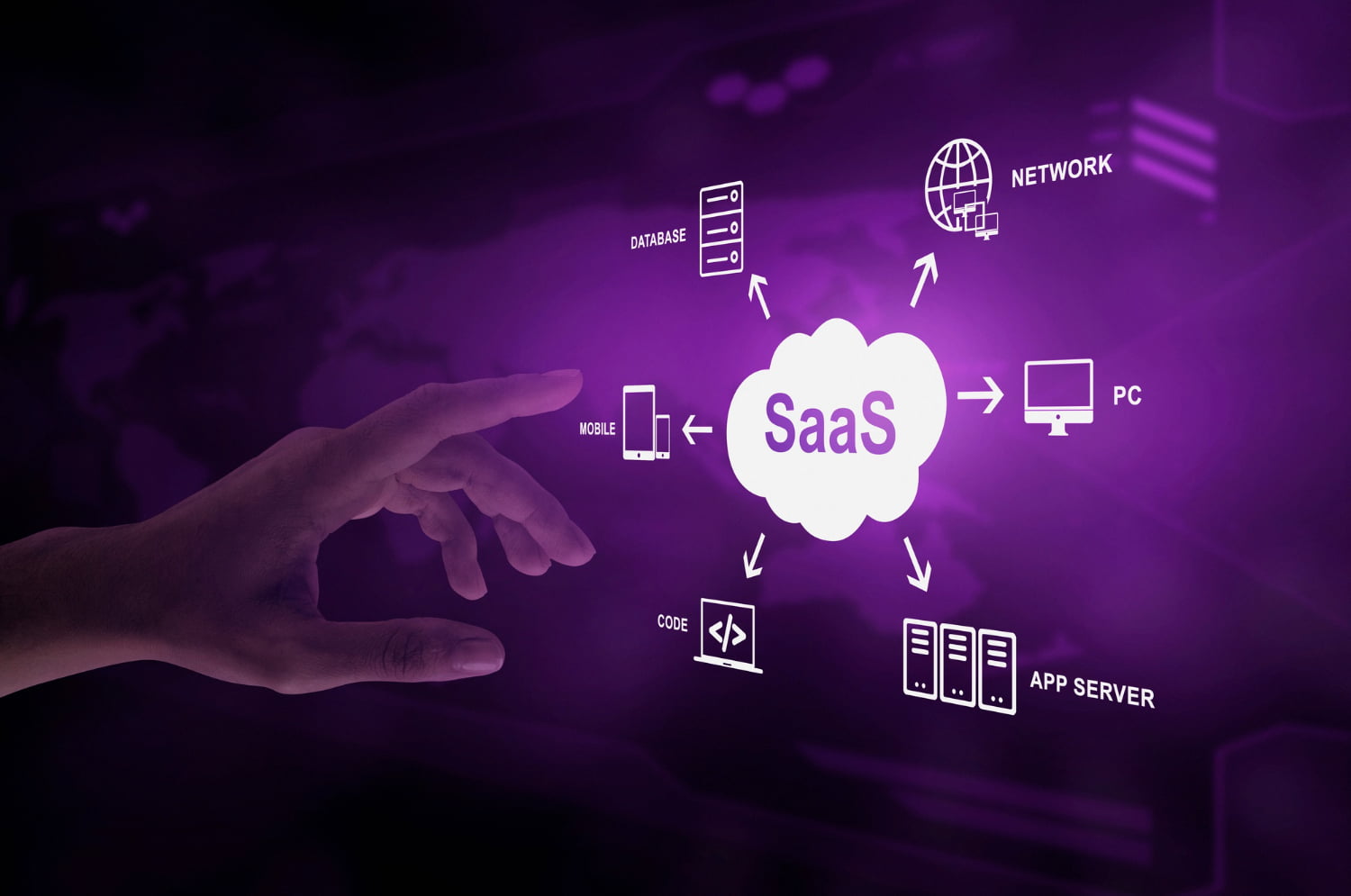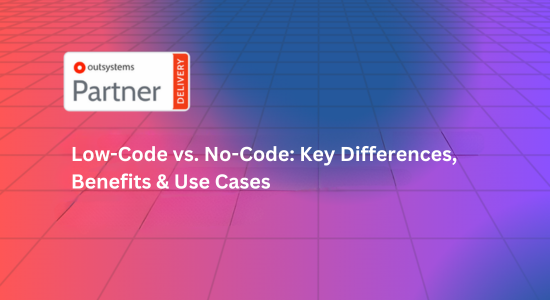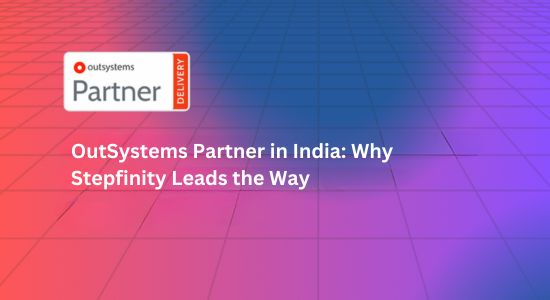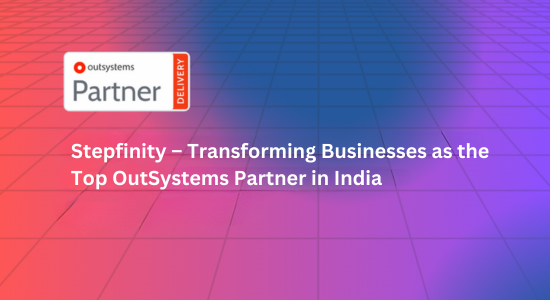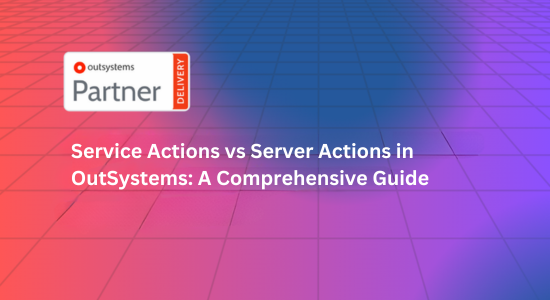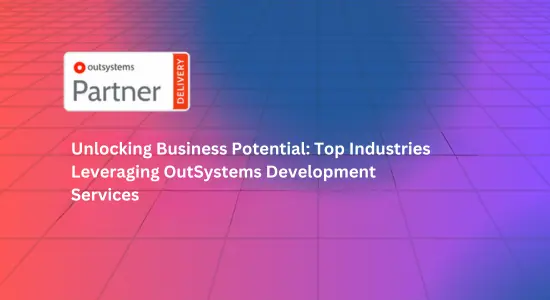Introduction to Salesforce and SAP Integration
In today’s competitive business environment, seamless integration between CRM and ERP systems is essential for streamlined operations and improved decision-making. Salesforce, a leading Customer Relationship Management (CRM) platform, and SAP, a robust Enterprise Resource Planning (ERP) system, offer a powerful combination when integrated. This guide explores the benefits, methods, and best practices for integrating Salesforce with SAP.
Benefits of Integrating Salesforce with SAP
1. Enhanced Data Accuracy
Integrating Salesforce with SAP ensures that data is consistently updated across both systems, reducing the risk of errors and discrepancies. This leads to more accurate reporting and analysis.
2. Improved Efficiency
By automating data transfer between Salesforce and SAP, businesses can eliminate redundant data entry tasks, saving time and resources. This automation also speeds up processes such as order management, invoicing, and inventory updates.
3. Better Customer Insights
Combining CRM data from Salesforce with ERP data from SAP provides a comprehensive view of customer interactions and transactions. This holistic view enables better customer service and more informed business decisions.
4. Streamlined Operations
Integration enables seamless workflows between sales, finance, supply chain, and customer service departments. This results in more coordinated efforts and efficient operations across the organization.
Methods of Salesforce and SAP Integration
1. Middleware Solutions
Middleware solutions act as intermediaries that facilitate data exchange between Salesforce and SAP. Popular middleware tools include:
- MuleSoft: A powerful integration platform that supports complex integrations and real-time data synchronization.
- Dell Boomi: A cloud-based integration platform known for its ease of use and pre-built connectors for Salesforce and SAP.
- Informatica: An enterprise-grade data integration tool that offers robust data management capabilities.
2. Custom API Integration
For businesses with specific integration needs, custom API integration can be a suitable option. Salesforce and SAP provide APIs that developers can use to create custom integration solutions tailored to their unique requirements.
- Salesforce APIs: REST API, SOAP API, and Bulk API are commonly used for integrating Salesforce with other systems.
- SAP APIs: OData Services, SAP Cloud Platform Integration, and IDoc (Intermediate Document) are frequently used for SAP integration.
3. Third-Party Connectors
Several third-party connectors offer out-of-the-box integration solutions for Salesforce and SAP. These connectors simplify the integration process and are ideal for businesses looking for quick and cost-effective solutions.
- Jitterbit: Provides pre-built connectors and templates for Salesforce and SAP integration.
- Celigo: Offers a user-friendly interface and pre-configured integration flows for seamless connectivity.
Steps to Implement Salesforce and SAP Integration
1. Define Integration Goals
Start by identifying the specific business processes and data that need to be integrated. Common integration points include customer data, order information, inventory levels, and financial data.
2. Choose the Right Integration Method
Based on your integration goals, select the most suitable method: middleware, custom API integration, or third-party connectors. Consider factors such as complexity, budget, and timeline when making your decision.
3. Map Data Fields
Create a detailed mapping of data fields between Salesforce and SAP. Ensure that the data types and formats are compatible to avoid integration issues.
4. Develop and Configure Integration
If using middleware or third-party connectors, follow the configuration guidelines provided by the vendor. For custom API integration, work with your development team to build and test the integration solution.
5. Test the Integration
Thoroughly test the integration to ensure data is accurately transferred between Salesforce and SAP. Perform end-to-end testing to validate that all integrated processes function as expected.
6. Monitor and Maintain
Once the integration is live, continuously monitor its performance. Implement regular maintenance and updates to address any issues and ensure ongoing compatibility between systems.
Best Practices for Salesforce and SAP Integration
- Ensure Data Quality: Clean and standardize data before integration to prevent issues with data accuracy and consistency.
- Prioritize Security: Implement robust security measures to protect sensitive data during transfer between Salesforce and SAP.
- Scalability: Design the integration to accommodate future growth and additional data volume.
- User Training: Provide training to users on the new integrated system to ensure they can effectively utilize the combined capabilities.
Conclusion
Integrating Salesforce with SAP offers numerous benefits, including enhanced data accuracy, improved efficiency, and better customer insights. By carefully planning and implementing the integration using the right methods and best practices, businesses can achieve seamless workflows and drive operational excellence. Whether you choose middleware solutions, custom API integration, or third-party connectors, the key is to align the integration with your business goals and ensure ongoing maintenance for long-term success.
Get Started with Salesforce and SAP Integration
Ready to unlock the full potential of your Salesforce and SAP systems through integration? Explore the available integration options and choose the one that best fits your business needs. Visit Salesforce Integration and SAP Integration to learn more and begin your integration journey today.

